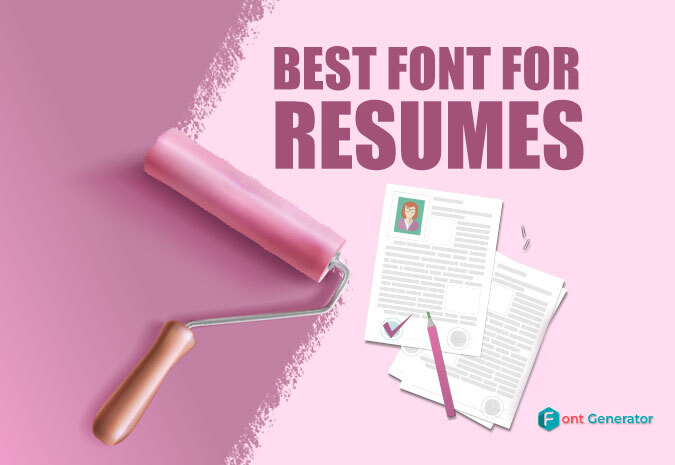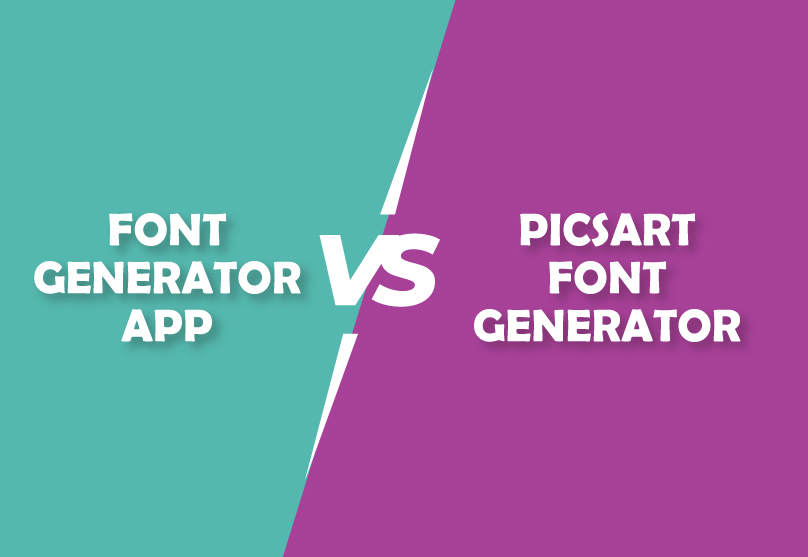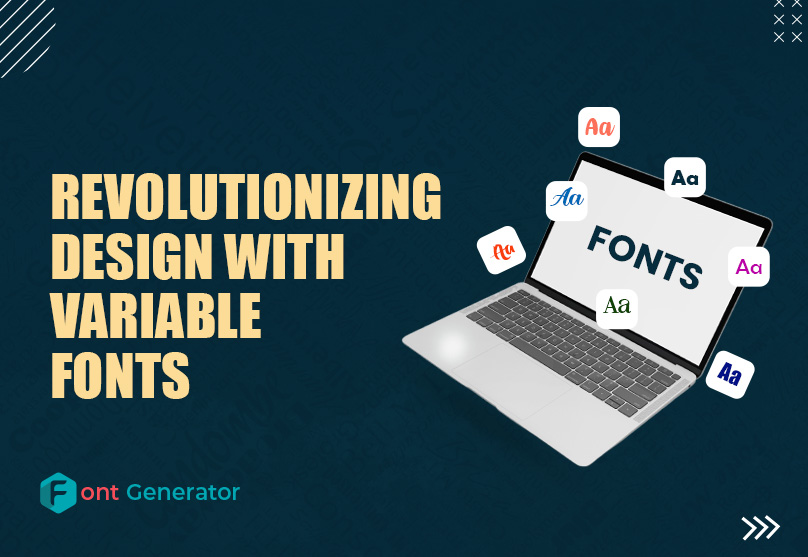
What font should a resume be? What size font for resume? what is the best font for a resume? Well, worry not all queries about resume fonts are cleared in this article. The best font for resumes to choose and the fonts to avoid. What font size for resume and an introduction letter will have the desired effect on managers? The benefits and drawbacks of each recommended resume font size to make your decision. Advice and tricks for using typical professional typefaces on a resume.
Best Font Size For Resumes – Which Font Should I Use on My Resume?
According to our HR insights survey, selection agents and recruiting managers need 7 seconds to quickly scan your resume. The average person would probably need about that long to read these two phrases. Your choice of font must be readable. Here are our suggestions for font size for resume:
Best Resume Font Size – What font size should a Resume be?
The typical best resume font size is 12 points in a beautiful and clearly legible typeface. Greater font size for resume is ideal for emphasizing your name and section titles. This is the minimum font size for resumes you should use, but if you can’t fit your content on a single page, you might try using a sans-serif text style ten times.
Common fonts for resumes:
Dark Times New Roman in a size of 12 points is the most widely used font.
Other serif fonts with tails that perform wonderfully include Didot, Book Antiqua, Georgia, Garamond, and Cambria. The excellently functioning sans serif typefaces include Calibri, Helvetica, Verdana, Catapult MS, and Lato. Use bolding, emphasizing, and promoting to draw attention to important information like your name and section headings, but remain completely consistent.
Top Best Font for Resume 2022 and 2023:
Following are the list of best fonts for resumes:
Calibri:

A contemporary typeface essentially aims to increase appeal by avoiding old serifs but lacking other contemporary fonts’ remarkable flourish – perfect for modern resumes. It is a knowledgeable and straightforward font that was awarded the TDC2 2005 Sort Framework grant by the Kind Chiefs Club. Since Calibri is the default text style, it also suggests that other job seekers may also use it, which means your resume will probably blend in with the crowd. Carlito is a Google-created font that serves as a rival to Calibri, is metrically appropriate, and is intended to be an open-source replacement.
Cambria:

Like Calibri, Cambria was also produced in 2004 by a Dutchman and sent by Microsoft. It was “designed for on-screen perusal and to appear beautiful when printed at little sizes,” according to Microsoft, with its serifs (those tiny lines at the end of each letter stroke; we’ll get to them soon). Because of this, it makes for an exceptional typeface for the body of your cover letter and resume. Google developed a font called Caladea that is similar to Calibri, metrically appropriate, and meant to be an open-source replacement. Now, it appears that Google Docs offers Cambria as an additional option. This
Helvetica:

A sans-serif font that is flawless and easy to read continues to be well-known in the advertising industry. Large corporations like BMW and the New York City tram system both employ Helvetica for their signage. Helvetica is regarded by many experts as one of the most beautiful sans-serif typefaces. An excellent text format for a CV! Arial is the standard typeface for Microsoft Word and the default font for Google Docs, so it will display correctly on most PCs and across platforms. Most non-subject matter specialists find it difficult to distinguish between the differences. Roboto is a different, less comparable best resume font option created by Google that is freely used.
Georgia:

Georgia is still arguably one of the most well-known typefaces in use today; it is used by the New York Times online as well as several significant collaborations, like Hurray, Amazon, and Twitter. Georgia is a web-friendly font that is perfect if you want to send your resume as a PDF because it is not difficult to read online. One of the most often used ongoing fonts even today is Times New Roman. Although it’s not a particularly imaginative typeface, which makes some dislike it, it’s nevertheless a reliable (though tiresome) option for the majority of job seekers.
Verdana:

Georgia’s sans-serif sibling, Verdana, was created by Matthew Carter for Microsoft. He designed the font so that it would be simple to read on computer screens when in that state of mind. Verdana continues to be one of the best professional fonts for cover letters, CVs, and resumes. It is extraordinary for job seekers who need to fit more information onto their resumes because it was developed for sloppy print quality. The Futura typeface is a common substitute for Verdana, although Ikea switched to Verdana in 2010 instead of Futura. Make it that what you will; they paid millions to their showcasing group to come up with that notion.
Garamond:

With roots in designs from the fifteenth and sixteenth centuries, the Garamond family of fonts has a lengthy history. Many people portray Garamond as timeless. Garamond is the top choice of promotion directors and planners. It is easy to read, attractive, classy, and uncommon for usage in resumes, therefore it satisfies all other criteria as well. Although Cormorant is driven by the Garamond strategy, it is transparently available and Google Fonts supported the development to enable its libre release.
Trebuchet MS:

A catapult is a middle age attack motor that dispatches shots of slow, difficult demise, (for example, pails of stones or dead bodies to spread illness) significant distances, and over-protecting walls. Microsoft delivered Catapult as one of their center fonts for the web. You can find it effectively even on contenders like Google Docs. Fira Sans is a fair option in contrast to Catapult, and it is straightforwardly accessible on Google Fonts. Additionally, Source Sans Expert is uninhibitedly accessible for business use.
Lato:

The Lato textual style was created by Clean typeface creator ukasz Dziedzic for a significant corporate client, therefore he felt it needed to have both serious and amicable qualities. He called the font after the Clean word for summer because its dual nature gave it the “feeling of the mid-year.”Being arguably the most well-known professional font now used online, clearly available, and prepared for cost-effective use, Open Sans is a fantastic exchange for Lato.
Book Antiqua:

You’d be mistaken if you think of modern layouts that favor typography like Web Nova or Selfie Futura rather than this. One of the most astounding serif fonts to use for resumes is Book Antiqua, a Microsoft imitation of the popular Palatino typeface used by businesses. It can be quickly accessed on the majority of operating systems and office suites because Palatino is a Microsoft product.
Didot:

Firmin Didot designed the beautiful font Didot just before the French Revolution. Didot is used on websites by Ralph Lauren, Imprints, and Spencer, according to numerous experts that link the font with design. If you should choose something pricey, its polish qualifies as a safe choice. If you want to use Didot on your CV, you should buy it. Bodoni is a textual style family with different variants, and too much Didot on a page transforms it from charmingly rich to imperiling your resume from suffering the same fate as Madame Déficit. There will be more for you to learn, but many are also freely available to the entire public.
In the end, if your all queries are cleared in this article. So, we will suggest to you the best font generator whose name is Fontgeneratorapp.com.






